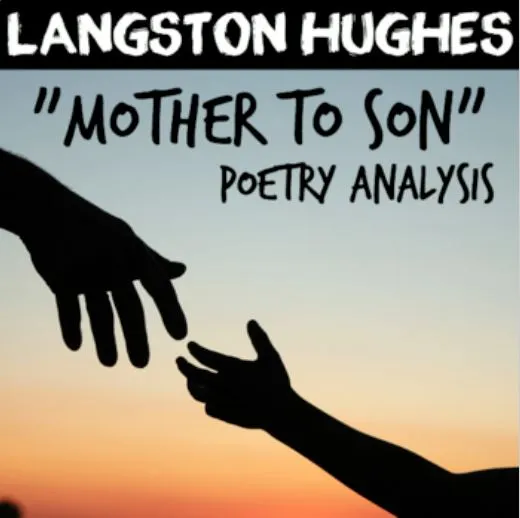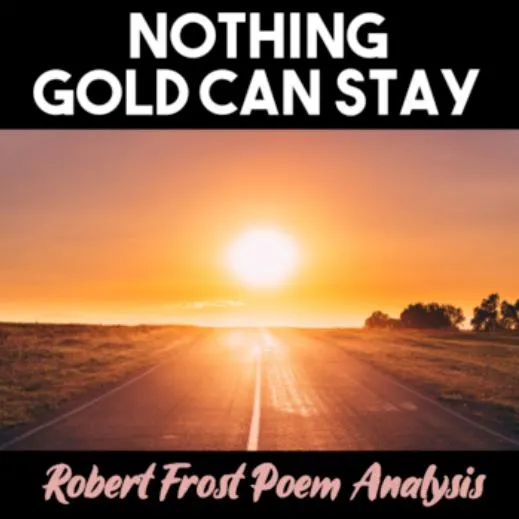Are you planning to teach figurative language but unsure where to start? Or maybe you’re teaching poetry and looking for some titles with engaging figurative language. Either way, you’ve come to the right place.
Understanding figurative language is essential for analyzing literature and improving writing. Therefore, teaching middle school students how to identify, analyze, and use figurative language correctly and effectively is vital. These lessons will help build a strong foundation as they move toward more complex texts and language in high school.
Besides, figurative language skills apply to real-world contexts as well, in everything from songs and advertisements to everyday communications. In fact, introducing figurative language through real-world examples is the perfect way to start—before bringing in the poems.
Tips for Teaching Figurative Language with Poetry
The challenge with teaching figurative language lies in its abstract nature. Since many students are reluctant to analyze poetry as it is, focusing on a poem’s figurative language can be a double whammy.
The following tips will help scaffold this abstract concept, making for an engaging and non-intimidating introduction to figurative language.
- Explain the why. Before you jump right into teaching figurative language, take time to explain to students what it is and why it’s important. Have a discussion about how authors use figurative language to paint a picture in a reader’s mind. Talk about how figurative can make a complex concept, emotion, or experience more tangible for a reader. The goal is to get students to understand that understanding figurative language helps unlock the deeper meaning of a text.
- Define the essential terms. Before students can identify and analyze figurative language in a poem (or any text), they need to start with basic terminology. Take time to define essential terms like symbolism, simile, metaphor, personification, hyperbole, allusions, and onomatopoeia. Find strong examples of these terms in action to help illustrate their use and effect.
- Start with everyday sayings. Students are more familiar with figurative language than they may think. Since figurative language is more about symbolic meanings, illustrate this concept using popular sayings in everyday life. This approach will ensure students understand the difference between literal and figurative meaning.
Here are some of my favorite saying to unpack with students:
She’s a busy bee.
Love is a battlefield.
You are my sunshine.
This week has been an emotional rollercoaster.
I have told you a million times…
OMG I’m dying 😂
- Introduce figurative language in poetry song lyrics. Songs are poems put to music, right? (Right.) However, it’s far less intimidating to ask students to analyze Taylor Swift’s lyrics than to dive right into a poem. Using familiar songs can help students get more comfortable with figurative language. Plus, who doesn’t like to listen to a good song and jam out in class every now and then?
Have students unpack the similes and metaphors in T. Swift’s “Red,” hyperbole in “Mean,” or allusion in “Love Story.” Ask students how “Let It Go” from Frozen is an extended metaphor for Elsa’s powers. Justin Timberlake’s “Can’t Stop the Feeling” is rich in figurative language too!
Once your students understand what figurative language is, it’s time to bring in the poetry.
Teaching Figurative Language with Poetry
Even with a well-planned introduction, figurative language can be challenging for students to apply to literature. Therefore, it helps to find strong examples of figurative language to act as mentor texts. Enter: poetry.
Poetry is a great starting point for students to apply and deepen their knowledge of figurative language. Longer texts, like short stories and novels, have a lot going on. Between plotlines and characters, an author’s well-crafted figurative language can get lost easily. On the other hand, many poems rely on figurative language to communicate their message and tell their story. Therefore, poetry is the perfect starting point for analyzing figurative language in literature.
As students get better at identifying and analyzing figurative language in poetry, they will be better equipped to do the same in longer, more complex pieces of literature.
The 10 Best Poems to Teach Figurative Language in Middle School
When it comes to teaching figurative language with poetry, not any poem will do. You have to find the right poems to teach figurative language.
In this case, finding the right poems to teach is about striking a balance between effective figurative language and the overall complexity of a poem. Some poems are so dense and rich with figurative language, you might as well just hand your students a book written in another language.
That’s why I’ve put together a list of the best poems to teach figurative language in middle school. Simply read through the list below, select your favorite poem(s), and teach away!
1. “Introduction to Poetry” by Billy Collins
I love using this poem because it perfectly captures how students feel about analyzing poetry. It also pokes fun at the tendency to overanalyze them. Collins takes a fun approach to this topic, writing a poem filled with silly yet hilariously accurate metaphors and images. Students will find this poem funny and relatable as the speaker explains how their students tackle poetry analysis.
2. “Harlem (Dream Deferred)” by Langston Hughes
Hughes’ poem relies on simple yet powerful similes and attention-grabbing imagery to illustrate the consequences of having unfulfilled dreams. The figurative language in this poem shines a light on the struggles of Black people during the 1950s amid ongoing discrimination and segregation. The poem skillfully answers the question of what happens to a dream deferred by comparing it to images of dried-up raisins, festering sores, and rotten meat. (Message received.)
3. “Mother to Son” by Langston Hughes
This is one of my other favorite poems to teach by Langston Hughes, and it’s rich in figurative language too. Throughout the poem, the speaker tells her son about the “staircase” of life. This staircase serves as an extended metaphor for the hardships one faces throughout life’s journey. One of the most important images of this piece is that of the crystal stair. The speaker mentions the “tacks,” “splinters,” and “boards torn up” to emphasize life’s hardships. However, she also mentions the “landin’s” she’s reached, encouraging the reader to keep on climbing regardless.
4. “Fog” by Carl Sandburg
Sandburg’s short and simple 6-line poem is perfect for introducing personification in poetry, especially if you’re working with younger or struggling learners. The speaker cleverly compares fog to a cat in various ways. Students are always surprised by how perfect this unlikely comparison is. After reading the poem, challenge students to write a poetic metaphor for a different natural phenomenon and see what they come up with!
5. “The Raven” by Edgar Allan Poe
I’m sure your students are familiar with the name Edgar Allen Poe. But are they familiar with the poem that put him on the map? There’s something about the poem’s dark and melancholic vibe and the speaker’s grief-stricken tone that students love. While readers know of ravens as a bird, Poe uses figurative language to turn the creature into a demon, incessantly taunting and haunting the speaker. Students will find examples of personification, imagery, metaphor, hyperbole, allusion, simile, and onomatopoeia in this eerie yet enjoyable poem.
6. “The Mirror” by Sylvia Plath
Of course, mirrors aren’t living creatures, but Plath certainly blurs that line with this poem. By making the mirror the speaker of the poem, Plath creates a believable character out of an inanimate object. Readers can see through the “eyes” of a mirror to understand the emotional impact of time on one’s physical appearance. The best part? This cleverly written poem reads like a riddle—and students love it. Take it one step further by having students write their own riddle-style poem to personify an inanimate object. Students always have fun guessing which objects each poem is describing.
7. “I Wandered Lonely as a Cloud” by William Wordsworth uses the image of a cloud to illustrate the speaker’s sense of isolation—until he notices the natural beauty around him, that is. Wordsworth’s poem provides students with accessible examples of simile, metaphor, personification, and hyperbole.
8. “Nothing Gold Can Stay” by Robert Frost uses strong examples of figurative language in just about each of its eight lines, leaving plenty for the reader to unpack. While Frost’s poem makes it clear that nothing gold can stay in nature, have students dig deeper to reveal the universal message hidden between the lines.
9. “Love and Friendship” by Emily Brontë employs two extended metaphors—one comparing love to a rose and the other comparing friendship to holly. As she carries these metaphors throughout the four seasons, the reader understands her stance on the outlasting durability of true friendship over the fickle nature of love.
10. “The Hill We Climb” by Amanda Gorman is an impactful poem recited at the 2021 presidential inauguration in Washington, D.C. There’s plenty for students to unpack between her poignant diction and use of symbolism, metaphor, and allusion.
There you have it! I hope you can take these tips, tricks, and titles into your classroom as you teach poetry and figurative language. If you’ve found success teaching figurative language with poems not mentioned above, leave the titles in a comment below! As lame as it sounds, sharing truly is caring when it comes to teaching resources, am I right?
Speaking of, if you’re planning a full-blown poetry unit for your middle school students, save time with my done-for-you poetry unit. More of a DIY teacher? Start planning your poetry unit with the best poems for middle school students.




